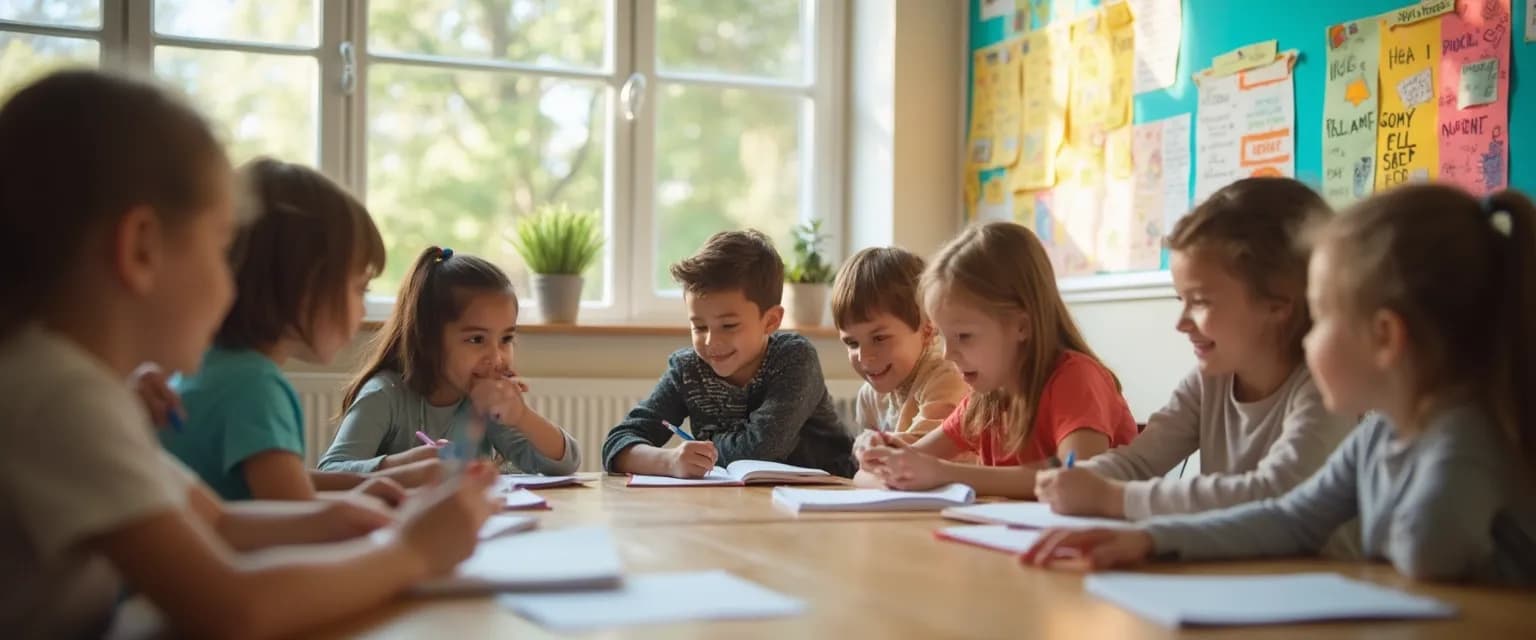5 Classroom Activities That Build Student Self-Awareness Without Overwhelming Quiet Kids
Fostering self awareness in the classroom creates a foundation for both academic success and emotional growth. When students understand their strengths, challenges, and emotional responses, they develop crucial life skills that extend far beyond school walls. However, many teachers face a delicate balancing act: how to nurture this self-awareness while respecting the needs of quieter, more introverted students who may find traditional sharing activities overwhelming.
The science is clear – self awareness in the classroom contributes significantly to improved decision-making, better peer relationships, and enhanced learning outcomes. Research from educational psychology shows that students with strong self-awareness demonstrate greater resilience when facing academic challenges and develop more effective strategies for productivity throughout their educational journey.
These five carefully selected activities create an inclusive environment where all students can develop self-awareness at their own comfort level. Each approach honors different learning styles and personality types while still building this essential emotional intelligence component.
Gentle Group Activities for Building Self-Awareness in the Classroom
Implementing self awareness in the classroom doesn't require putting anyone on the spot. These group activities create psychological safety while still developing crucial self-understanding skills.
Activity 1: Emotion Weather Report
This non-verbal check-in system uses weather metaphors to help students identify their emotional state without verbal sharing. Students select or draw weather symbols (sunny, partly cloudy, stormy) that represent their current feelings. This self awareness in the classroom technique works beautifully because it allows students to acknowledge their emotions without detailed explanation.
For younger students, use simple weather pictures; for older students, create a more nuanced "emotional forecast" with subtle weather variations. This activity builds mindfulness techniques by encouraging regular emotional check-ins without overwhelming anyone.
Activity 2: Strengths Spotlight
This rotating recognition system allows participation at each student's comfort level. Students anonymously note strengths they observe in classmates on colorful cards placed in a central collection point. Teachers then share these observations, creating a culture of appreciation while building self awareness in the classroom through external feedback.
The beauty of this approach is that quiet students receive affirming insights about themselves without being required to perform or speak publicly.
Individual Self-Awareness in the Classroom: Activities That Respect Boundaries
These activities honor student autonomy while still developing crucial self-awareness skills.
Activity 3: Reflection Cards
Provide students with thoughtful prompts on cards they can respond to privately. Questions like "When did you feel most proud today?" or "What was challenging for you this week?" encourage self awareness in the classroom without requiring sharing. Students can keep these reflections private or choose to discuss them with a trusted peer or teacher.
Activity 4: Values Visualization
This quiet artistic expression activity invites students to create visual representations of their personal values. Using simple art supplies, students create symbols or images representing what matters most to them. This self awareness in the classroom exercise works across age groups and provides a non-verbal way to explore identity and priorities.
Activity 5: Growth Mindset Moments
Create a system for celebrating personal progress without spotlight pressure. Students record personal "growth moments" on small papers that get added to a class collection jar. Teachers periodically read anonymous examples, reinforcing the value of progress while building mental resilience through recognition of challenges overcome.
Measuring Self-Awareness Growth in the Classroom: Gentle Assessment Approaches
Effective self awareness in the classroom practices require thoughtful assessment approaches that don't put quiet students on the spot. Look for observable indicators like improved conflict resolution, more specific language about emotions, and increased self-advocacy in appropriate situations.
Teachers can gather feedback about these activities through anonymous exit tickets or simple rating scales that students complete privately. This provides valuable insight without requiring verbal sharing from those who find it uncomfortable.
The long-term benefits of consistent self awareness in the classroom practice become evident as students demonstrate greater emotional regulation, improved peer relationships, and enhanced academic performance. These skills transfer beyond school walls, providing lifelong tools for personal and professional success.
As you implement these activities, remember that self awareness in the classroom development occurs along a continuum. By offering multiple pathways to self-understanding that honor different personality types, you create an inclusive environment where all students can develop this crucial aspect of emotional intelligence at their own pace and in their own way.




